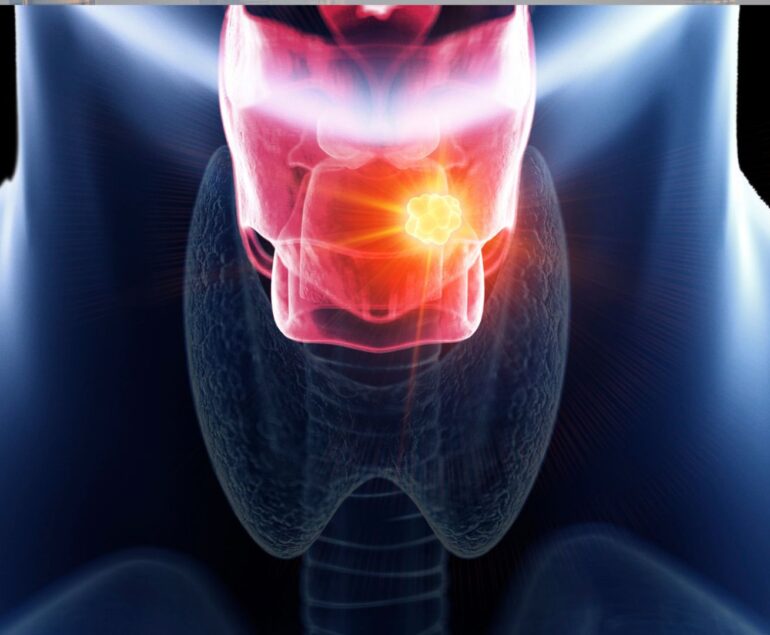Facial trauma is an unfortunate reality that many individuals face, often resulting from accidents, injuries, or unforeseen events. As an ENT surgeon, Dr. Vivek Kumar Pathak sheds light on the intricate relationship between facial trauma and its profound impact on ear, nose, and throat (ENT) health.
I. Introduction
Understanding the repercussions of facial trauma on ENT health is crucial for both medical professionals and the general public. This article aims to explore the various facets of facial trauma, its implications on the delicate structures of the face, and the role of ENT surgeons in mitigating these effects.
II. What is Facial Trauma?
Facial trauma encompasses injuries to the face, including the jaw, nose, and surrounding structures. These injuries can result from accidents, falls, sports-related incidents, or interpersonal violence. Understanding the different types of facial trauma is essential for identifying potential effects on ENT health.
III. Impact on ENT Health
Facial trauma can have a cascading impact on the ears, nose, and throat. For instance, fractures in the facial bones may lead to complications such as hearing loss, nasal obstruction, and difficulty swallowing. Dr. Pathak emphasizes the need for a comprehensive understanding of these connections to provide effective medical interventions.
IV. Recognizing Facial Trauma Symptoms
Early recognition of facial trauma symptoms is pivotal for timely intervention. Common signs include swelling, bruising, deformities, and difficulty breathing. By being aware of these indicators, individuals can seek medical attention promptly, preventing potential complications.
V. Diagnosis and Medical Examination
ENT surgeons play a crucial role in diagnosing and treating facial trauma. Through a detailed medical examination, including imaging studies and clinical assessments, they can determine the extent of the injury and develop tailored treatment plans.
VI. Treatment Options
The treatment of facial trauma varies based on the severity of the injury. Surgical procedures may be necessary for complex fractures, while non-surgical approaches, such as immobilization and pain management, are suitable for less severe cases. Rehabilitation is an integral part of the recovery process.
VII. Prevention Strategies
Preventing facial trauma involves adopting proactive measures. Dr. Pathak recommends using protective gear in high-risk activities, ensuring a safe environment, and practicing caution in daily activities to minimize the risk of accidents.
VIII. Case Studies
Real-life cases exemplify the profound impact of facial trauma on ENT health. Successful treatments and positive outcomes showcase the effectiveness of medical interventions and underscore the importance of seeking professional help.
IX. Post-Traumatic Stress
Beyond the physical implications, facial trauma can also lead to post-traumatic stress. Acknowledging the psychological aspects of these injuries is vital, and Dr. Pathak emphasizes the importance of addressing mental health considerations in conjunction with physical recovery.
X. Advances in ENT Surgical Techniques
Technological advancements have revolutionized ENT surgical techniques for treating facial trauma. Dr. Pathak discusses innovative approaches, including minimally invasive procedures and enhanced recovery methods, which contribute to improved patient outcomes.
XI. Patient Testimonials
Hearing from individuals who have undergone treatment for facial trauma provides a human perspective. Patient testimonials highlight the resilience of individuals and the transformative impact of ENT health interventions.
XII. Expert Insights
Dr. Vivek Kumar Pathak shares his expertise on facial trauma and ENT health. His insights, gained through years of experience, provide valuable information on the intricacies of these conditions and the advancements in medical interventions.
XIII. Future Directions in Facial Trauma Research
Ongoing research and emerging trends in facial trauma offer a glimpse into the future of ENT health. Dr. Pathak discusses potential breakthroughs, promising studies, and the continuous efforts to enhance treatment modalities.
XIV. Conclusion
In conclusion, exploring the intricate connection between facial trauma and ENT health reveals the multifaceted nature of these injuries. Dr. Vivek Kumar Pathak’s insights, coupled with real-life examples and advancements in medical interventions, underscore the importance of prioritizing both physical and mental well-being.
XV. FAQs
Q1: Can facial trauma affect hearing?
A1: Yes, facial trauma can lead to hearing loss, especially if it involves fractures near the ear.
Q2: Are there non-surgical options for treating facial trauma?
A2: Yes, less severe cases can often be managed with non-surgical approaches such as immobilization and pain management.
Q3: How long does the recovery process take after facial trauma surgery?
A3: The recovery period varies depending on the severity of the injury, but rehabilitation is a crucial aspect that may extend the overall duration.
Q4: Can psychological support be beneficial for individuals recovering from facial trauma?
A4: Absolutely, addressing the psychological impact of facial trauma is essential, and seeking mental health support can contribute to overall recovery.
Q5: What preventive measures can be taken to avoid facial trauma?
A5: Wearing protective gear, ensuring a safe environment, and practicing caution in high-risk activities are effective preventive measures.
About Author:
Dr. Vivek Kumar Pathak: Renowned ENT Surgeon, Senior Professor, and Founder.
Dr. Pathak, ENT surgeon at Kailash Hospital, Senior ENT Professor at Sharda University, and founder of Entegrity Care, brings expertise and innovation to healthcare. Discover the visionary behind Doxtreat Healthcare, shaping the future of ENT care.
Website www.drvivekpathak.com
Call +917838450942
WhatsApp +91 78384 50942
Book an appointment with Dr. Vivek kumar Pathak by filling the form.



